How to Use Fuel Injector Cleaner? Step By Step Complete Guide
How to Use Fuel Injector Cleaner? Owning heavy vehicles like buses, trucks, and recreational vehicles (RVs) means that even minor things like fuel injector cleaning are essential.
Fuel in your car tank is just as important as the oil in your motor, but it’s impossible to get maximum efficiency if your gas tank is riddled with deposits. This leads to limited mileage, and neglecting small problems can lead to damages that require expensive repairs.
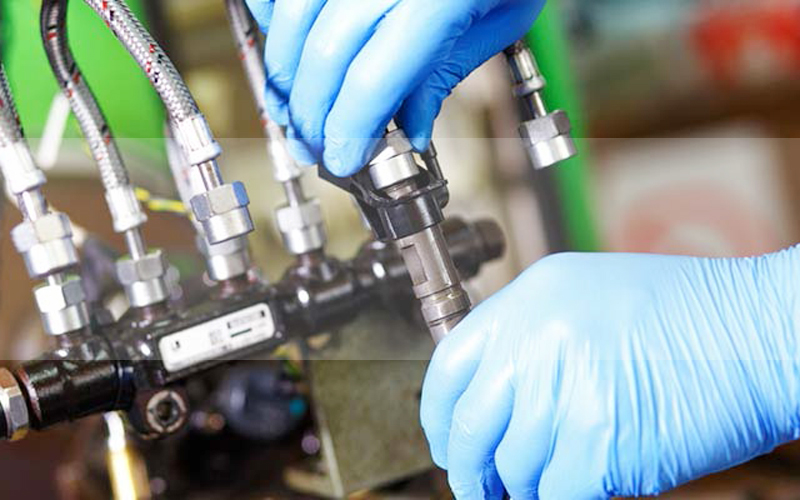
Understanding the Basics
Fuel injector cleaners are solvents that are mixed directly with the fuel pumped into your tank. Despite guarantees from fuel providing companies, the fuel you are provided with is never a hundred percent pure.
It may contain additives and in some cases, is compromised during the storage process from the fuel farms. These may cause thick materials to adhere to the gas tanks, decreasing the tank’s capacity.
Injector cleaners act as solvents that dissolve impurities and are burned away in the combustion process with the fuel.
To some extent, it can be considered a detox for your vehicle, and carefully implementing the instructions ensures noticeable improvements in the working of your car.
Components of a Fuel Injector Cleaner
Most fuel injector cleaners available in the market consist of three main chemical components.
Checking your cleaner for these chemicals determines the appropriate use case scenario for the cleaner. The components are as follows:
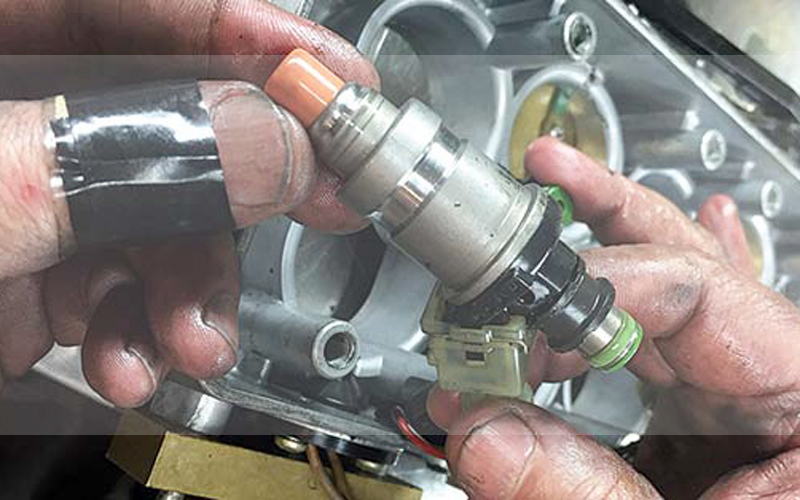
- Polyisobutylene: Sometimes referred to as ‘PIB,’ this chemical is used in both diesel injector cleaners and fuel injector cleaners.It works like a detergent, scraping off residue and deposits from injector and fuel lines. According to research, it also fixes misfiring and reduces engine knock problems.
- Polyether Amine: This component is sometimes called ‘PEA,’ and is highly effective in removing solid deposits which impede flow in injector cleaners and flow lines.It efficiently breaks down the bonds of the sediment deposits on a molecular level. Once removed from the injector walls, the disintegrated deposits are ejected harmlessly through the vehicle exhausts after passing through catalytic converters and combustion chambers.One advantage of chemicals containing this element is the complete removal of solid deposits from injectors, fuel lines, and the engine without any traces left behind.
- Polyisobutylene Amine: also known as PIBA, it is similar in function to Polyisobutylene, the only difference being that it works well with moisture. However, due to its inability to filter the combustion chamber, it is commonly used for maintenance rather than the removal of long-term buildup and solid deposits.
A Guide to Using Fuel Injector Cleaners on Your Vehicle
The next step to using fuel injector cleaners is to know the quantity and frequency and of use. Manufacture instructions on the bottles are mandatory, especially during long journeys and road trips.
The amount of cleaner, in accordance with the capacity of the fuel tank, depends solely on the manufacturing details of the product and the instructions provided on the user manuals.
Every manufacturer designs his solutions in a different way. For some cleaners, the appropriate volume for a twenty-gallon tank of fuel is a single fifteen-ounce bottle, whereas, for other products, a single ounce per ten gallons of fuel is ideal.
It is critical to check the capacity of the fuel tank before purchasing a fuel injector cleaner, whether online or through your car dealer, in order to abide by the instructions laid out by the manufacturer.
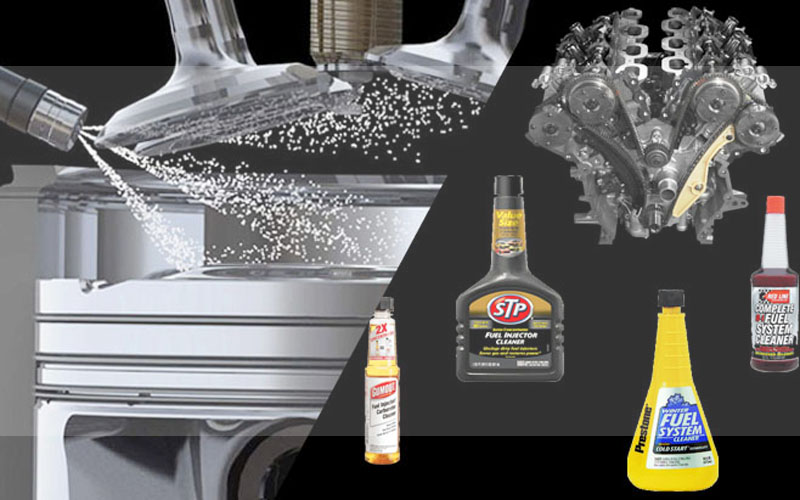
When it comes to the frequency of usage, the ideal distance to travel before using any maintenance product is 10,000 miles. However, the distance may vary from vehicle to vehicle and is also influenced by the condition of the fuel tank.
Related Post: How Do Fuel Injectors Work
Three Simple Steps to Using a Fuel Injector Cleaner
If you thought that the fuel cleaning process is a long and intricate one, you would be surprised at how simple it actually is, provided you follow the right instructions and do everything in a set order. There are three main steps to using a fuel injector cleaner.
It is recommended to implement these steps at a gas station so that you can immediately fill your tank to full capacity, simultaneously saving your vehicle from engine knock and misfiring risks too.
- Make sure the fuel tank in your car is nearly empty. This ensures that you obtain a good mixture of fuel and cleaner, which helps achieve the best results.
- Pour a suitable amount of injector cleaner by checking the instructions and keeping under consideration the capacity of your fuel tank.
- After emptying the contents of the injector cleaner bottle in your fuel filler, top it up with your regular fuel.
Some cleaners involve additional procedures, such as idling your car for a certain amount of time before use.
However, for regular maintenance, the above steps are usually the only processes you have to go through for most cleaning products in the market, but reading the instructions is always essential.
Cleaning Your Fuel Injectors with Alternatives to Additives
Alternatives are used when the general maintenance techniques fail to provide the desired results. In some cases, the injector is removed completely, and the residue is removed using solvents flowing through at high pressures.
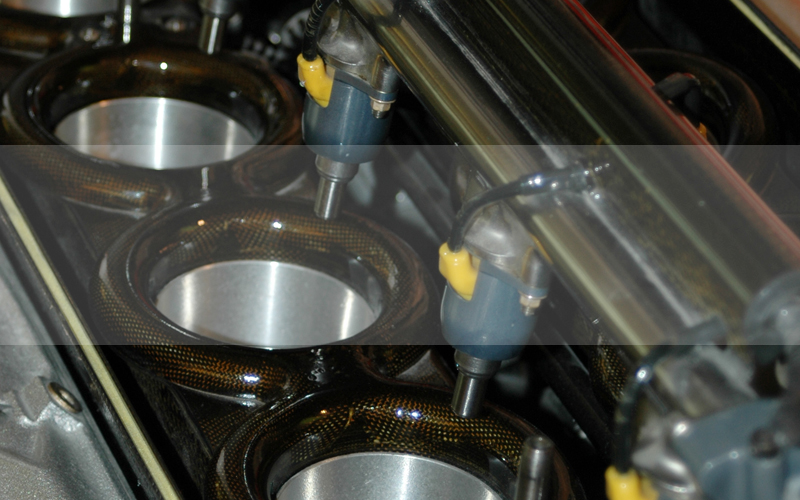
This process cannot be achieved at home, and you may have to take your injectors to specialist companies or auto shops.
This method is used as a last resort to ensure quality performance by the fuel injector. However, depending on the number of cylinders in your vehicle engine, this process may be highly expensive.
This is because a different fuel injector is present in each cylinder, and if the engine runs on a particularly difficult and intricate design, you may fall victim to exorbitant labor costs as well.
Related Post: What Happens When Fuel Injectors Go Bad
Frequently Asked Questions Related to it (FAQs)
1. Does gas mileage really matter?
Answer: Taking gas mileage into account pays off because you get much more fuel economy on a full tank of gas. In addition, it is much better for environment because you are using up much less fuel.
2. Does gas mileage decrease with age?
Answer: Yes, gas mileage does decrease as the car gets older, typically after about fifteen years of use. However, if the car is very well maintained then this period can also be delayed.
3. How does gas mileage change over time?
Answer: Generally gas mileage is expected to decrease over time. However, if the condition of your car is well enough then you can maintain gas mileage for a long period of time.
4. Does gas mileage decrease with towing?
Answer: Yes, towing does affect gas mileage largely due to the extra load the car has to carry along. This is why it is recommended that you keep the load on your car as light as possible.
5. Does gas mileage change with the use of air conditioning?
Answer: Yes, using the AC can decrease gas mileage by a fair amount. In some cars, the decrease can amount up to twenty percent however it is lower in some newer cars.
Conclusion
Now that you have in-depth knowledge regarding the use of fuel injector cleaners, you can easily determine the up-to-par functionality of your car engines. Provided you follow the instructions carefully, you can achieve excellent fuel efficiency coupled with decreased engine breakdowns in your car, truck, or sport utility vehicles (SUV).
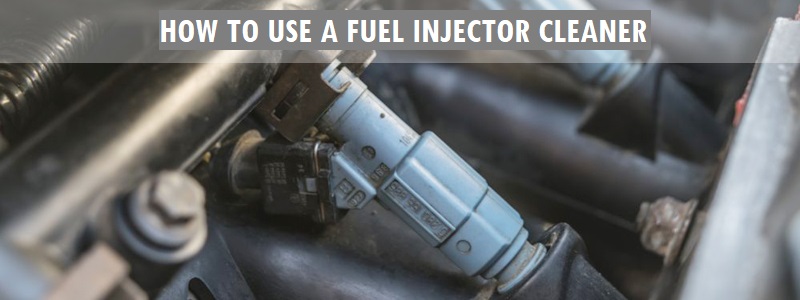

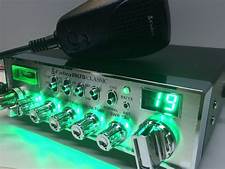



Post Comment